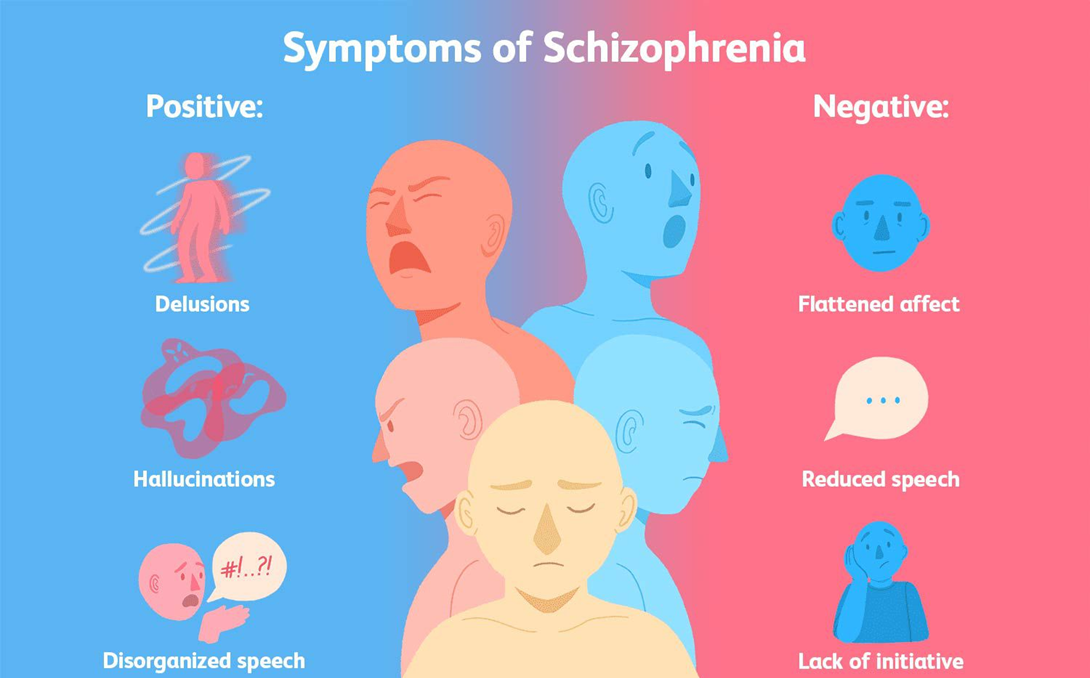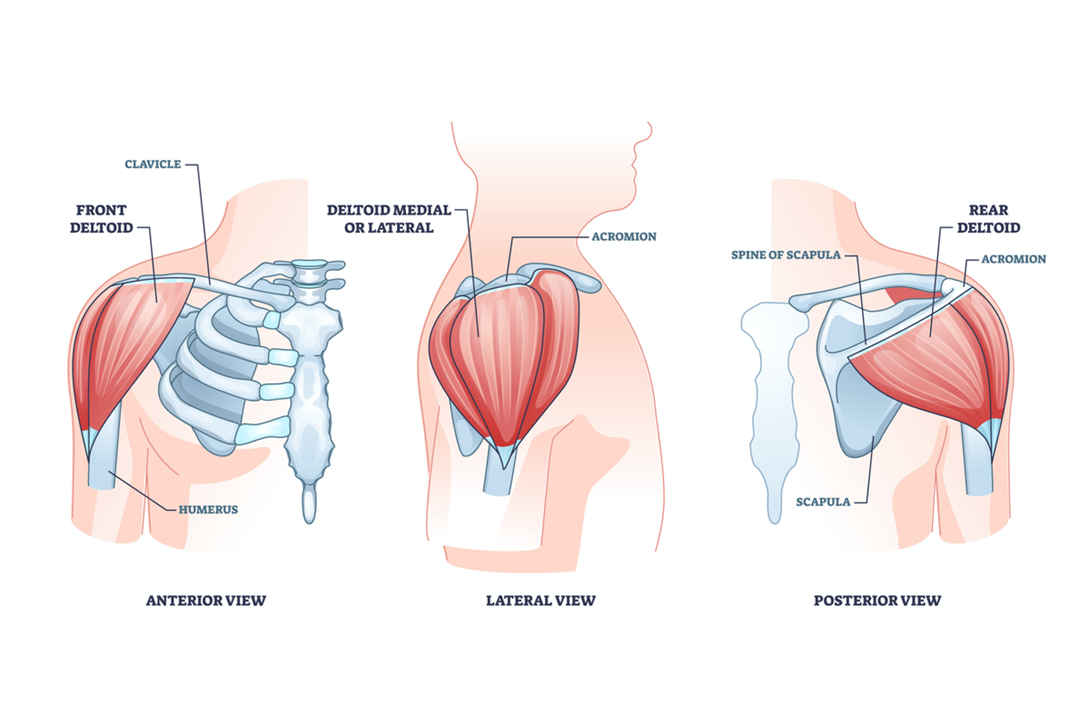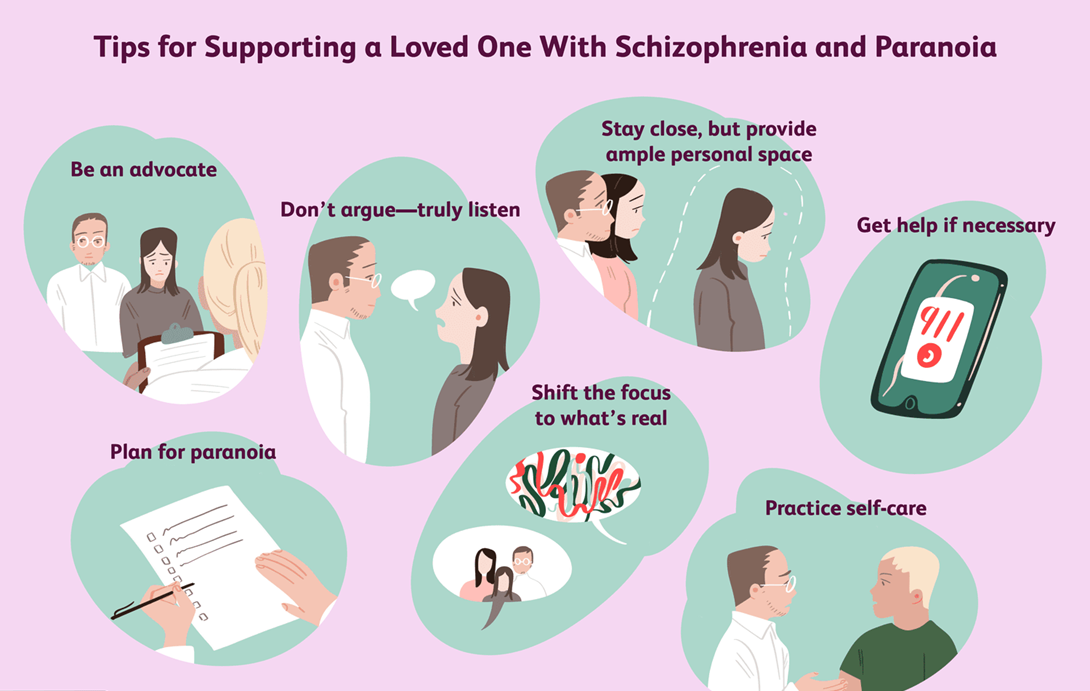After being in the hospital for one month, a client with schizophrenia states that voices are telling them they will die tonight. The client asks the nurse if this is true. The client’s statement and question indicate that they:
Have a poor prognosis.
Are not improving and may be getting worse.
Are questioning the hallucination and want reassurance from the nurse.
Will begin to enter the manic phase of their illness.
The Correct Answer is C
Choice A Reason: Have a poor prognosis
A poor prognosis in schizophrenia is typically associated with persistent and severe symptoms, lack of response to treatment, and significant functional impairment. While the client’s statement about hearing voices is concerning, it does not necessarily indicate a poor prognosis on its own. Prognosis in schizophrenia is multifactorial and depends on various factors, including the duration of untreated psychosis, adherence to treatment, and the presence of supportive social networks.
Choice B Reason: Are not improving and may be getting worse
This choice suggests that the client’s condition is deteriorating. While the presence of hallucinations can indicate a lack of improvement, it is important to consider the context. The client’s ability to question the hallucination and seek reassurance from the nurse suggests a level of insight that is often associated with better outcomes. Insight into one’s condition is a positive prognostic factor in schizophrenia.
Choice C Reason: Are questioning the hallucination and want reassurance from the nurse
This is the correct answer. The client’s question indicates that they are aware that the voices might not be real and are seeking reassurance from the nurse. This level of insight is crucial in managing schizophrenia, as it can lead to better adherence to treatment and improved outcomes. Insight into the nature of hallucinations and delusions is often a sign of a more favorable prognosis.

Choice D Reason: Will begin to enter the manic phase of their illness
Mania is characterized by elevated mood, increased activity, and other symptoms such as decreased need for sleep and grandiosity. It is more commonly associated with bipolar disorder than schizophrenia. The client’s statement about hearing voices predicting their death does not align with the typical presentation of mania. Therefore, this choice is not applicable in this context.
Nursing Test Bank
Naxlex Comprehensive Predictor Exams
Related Questions
Correct Answer is D
Explanation
Choice D Reason: 21g 1.5 in (3.8 cm) needle to the right ventrogluteal area. Use Z-track technique.
Choice A Reason:
Using a 23-gauge, 1-inch needle for an intramuscular (IM) injection in the deltoid muscle is generally appropriate for adults. The deltoid muscle is a common site for IM injections, especially for small volumes of medication (up to 2 mL). The acromion process is a correct landmark for locating the deltoid muscle. However, the deltoid muscle is not the best site for larger volumes or more viscous medications. Additionally, the needle length might not be sufficient for individuals with more subcutaneous fat, potentially leading to suboptimal medication delivery.
Choice B Reason:
A 25-gauge, 0.5-inch needle is typically used for subcutaneous injections rather than intramuscular injections. The rectus femoris muscle can be used for IM injections, but it is not the preferred site due to the potential for increased pain and discomfort. Aspiration before injection is a debated practice; current guidelines suggest that aspiration is not necessary for most IM injections, except when injecting into the dorsogluteal site, which is not recommended due to the risk of hitting the sciatic nerve.
Choice C Reason:
A 27-gauge, 1.5-inch needle is appropriate for IM injections, and the vastus lateralis is a suitable site, especially for infants and young children. However, massaging the injection site after administering an IM injection is not recommended. Massaging can cause the medication to disperse into the subcutaneous tissue, reducing its effectiveness and potentially causing irritation or bruising.
Choice D Reason:
Using a 21-gauge, 1.5-inch needle for an IM injection in the ventrogluteal area is considered safe and effective. The ventrogluteal site is preferred for IM injections because it is free from major nerves and blood vessels, reducing the risk of injury. The Z-track technique is used to prevent medication from leaking into the subcutaneous tissue, ensuring that it remains in the muscle for proper absorption. This technique is particularly useful for medications that can stain or irritate the skin and subcutaneous tissue.

Correct Answer is A
Explanation
The correct answer is a.
Choice A Reason:
The statement “Ask the client, ‘What are the voices saying to you?’” is correct. Engaging the client in a conversation about their hallucinations can help the nurse understand the content and nature of the hallucinations, which is crucial for assessing the client’s risk of harm to themselves or others. This approach also validates the client’s experience and can help build trust and rapport. It is important to approach the client with empathy and without judgment, as this can help in managing the symptoms more effectively.

Choice B Reason:
The statement “Give the client a PRN dose of benztropine” is incorrect. Benztropine is an anticholinergic medication used to treat extrapyramidal symptoms caused by antipsychotic medications. It is not used to manage auditory hallucinations directly. Administering benztropine without a clear indication could lead to unnecessary side effects and does not address the immediate issue of the hallucinations.
Choice C Reason:
The statement “Call and report the behavior to the physician” is incorrect. While it is important to keep the physician informed about significant changes in the client’s condition, the immediate intervention should focus on addressing the client’s current experience. Reporting the behavior without first attempting to understand and manage the hallucinations may delay appropriate care and support for the client.
Choice D Reason:
The statement “Tell the client, ‘Well, I see you’re distracted right now. We’ll talk more later.’” is incorrect. This response dismisses the client’s current experience and may make them feel misunderstood or ignored. It is important to address the client’s immediate needs and provide support rather than postponing the conversation. Acknowledging the client’s experience and offering to discuss it can help in managing the symptoms and providing appropriate care.
Whether you are a student looking to ace your exams or a practicing nurse seeking to enhance your expertise , our nursing education contents will empower you with the confidence and competence to make a difference in the lives of patients and become a respected leader in the healthcare field.
Visit Naxlex, invest in your future and unlock endless possibilities with our unparalleled nursing education contents today
Report Wrong Answer on the Current Question
Do you disagree with the answer? If yes, what is your expected answer? Explain.
Kindly be descriptive with the issue you are facing.
